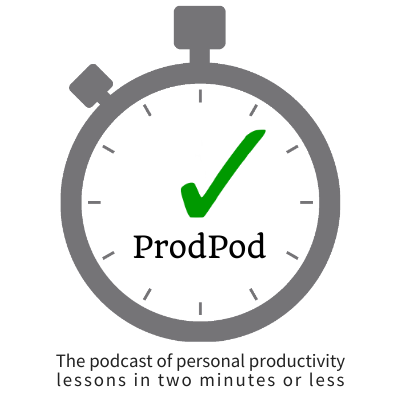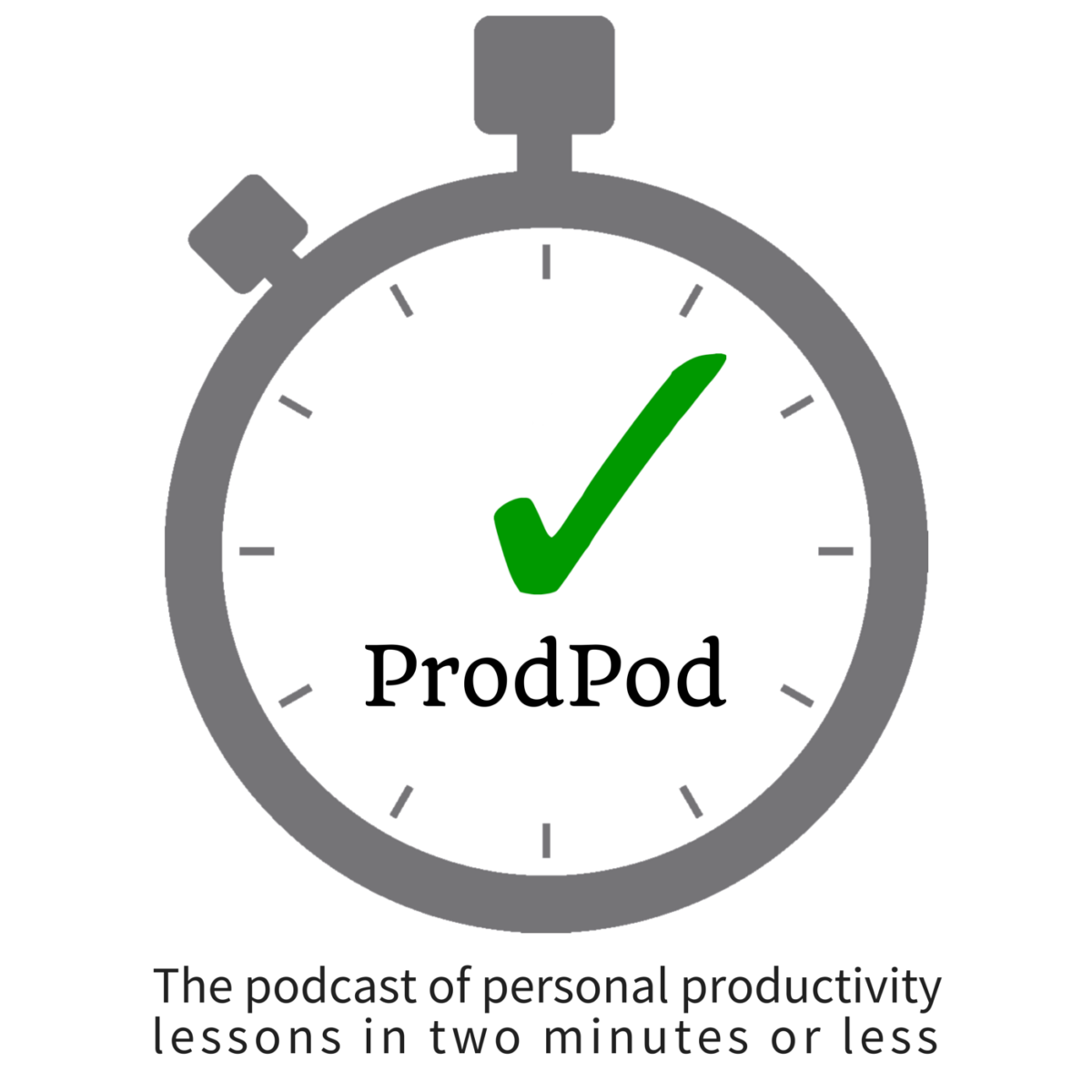Podcast: Play in new window | Download
Subscribe: Apple Podcasts | TuneIn | RSS | More
Have you ever been in a situation where you lost all your worldly possessions in one day? I have. It’s a life-changing event, even for someone not too attached to material things, to find out it’s all been burned away, water-damaged or otherwise destroyed in a catastrophic event. Other than the insurance covering my personal property providing little emotional relief for lost baby pictures and irreplaceable artwork, I had one piece of solace–my home inventory. Before or if calamity strikes, you too should have a home inventory. So, what do you own?
Over the years, I have kept a detailed record in a spreadsheet workbook of my home contents. This came in handy as you can imagine when the insurance company claims representative contacted me. Now, you don’t need to be as detailed as me. Manufacturer, product model and description, date of purchase and price, SKU bar codes, links to warranties and support for electronics, images of most items, and replacement market value auto-calculated based on a 6% per annum appreciation were all included in the database I created. You may say that’s overkill. The claims representative certainly did, although he appreciated this being the easiest claim he’d ever processed.
To make for an easy home inventory, here are some tips, suggestions and resources. First, you should definitely do a mental calculation of how much your home’s contents are worth and get a contents insurance policy if you don’t already have one. This is usually provided in renter’s and homeowner’s insurance policies, but make sure that more expensive items are explicitly covered (sometimes called “scheduled property coverage”) and that you have enough to cover in the event it is lost, damaged or stolen. This can include if it’s stolen outside your home or apartment too. This happened to a friend, when his laptop was stolen as we sat working in a café. Thankfully he had contents insurance, and the insurance company paid for his replacement MacBook Pro, and made the insurance more than worth the minimal annual premium.
Next, make an action plan for inventorying your home. This will depend on how large your home is and how much stuff you own. For purpose of how to inventory, I take the divide and conquer approach. I like to segment my stuff by what rooms in which they live. You may decide to inventory by their function or category. For example, furniture, electronics, art, jewelry, and so on will be grouped together and inventoried together. So, if you go room-by-room, you would inventory everything important in your living room, then kitchen, then dining room, then bedrooms and so on. You can do this over the course of several weekends, or perhaps all in one weekend if it’s practicable.
Finally, before you can implement your action plan you need to determine how and where you’ll store and maintain your home inventory. The Insurance Information Institute has provided iOS and Android mobile home inventory apps for free to help in creating and maintaining your home inventory over at KnowYourStuff.org. If you plan to use another software/app, video or paper-based solution, then you just need to figure that out. Once you’ve done that, you’re ready to schedule your home inventory capture time and then when you plan to revisit it for updating. I update mine whenever I make a significant purchase as well as annually just to make sure that my contents insurance coverage is sufficient (or not too much if I’ve gotten rid of something).
In the end, you can’t take stuff with you to the grave, but while you’re still alive, there’s no reason why you should lose everything when havoc happens. It’s tough enough to lose prized possessions and even worse when there’s no recourse. So, get a home inventory and I hope you never need to thank me.

